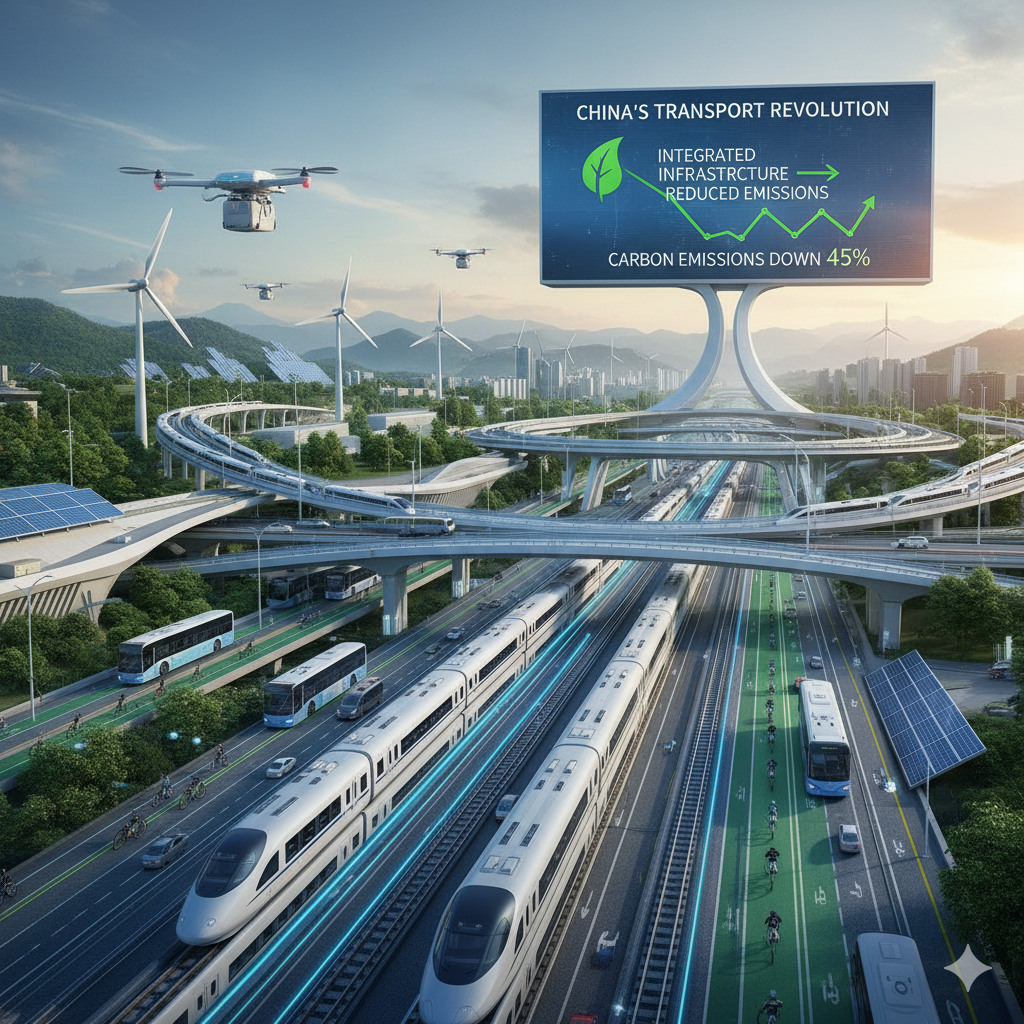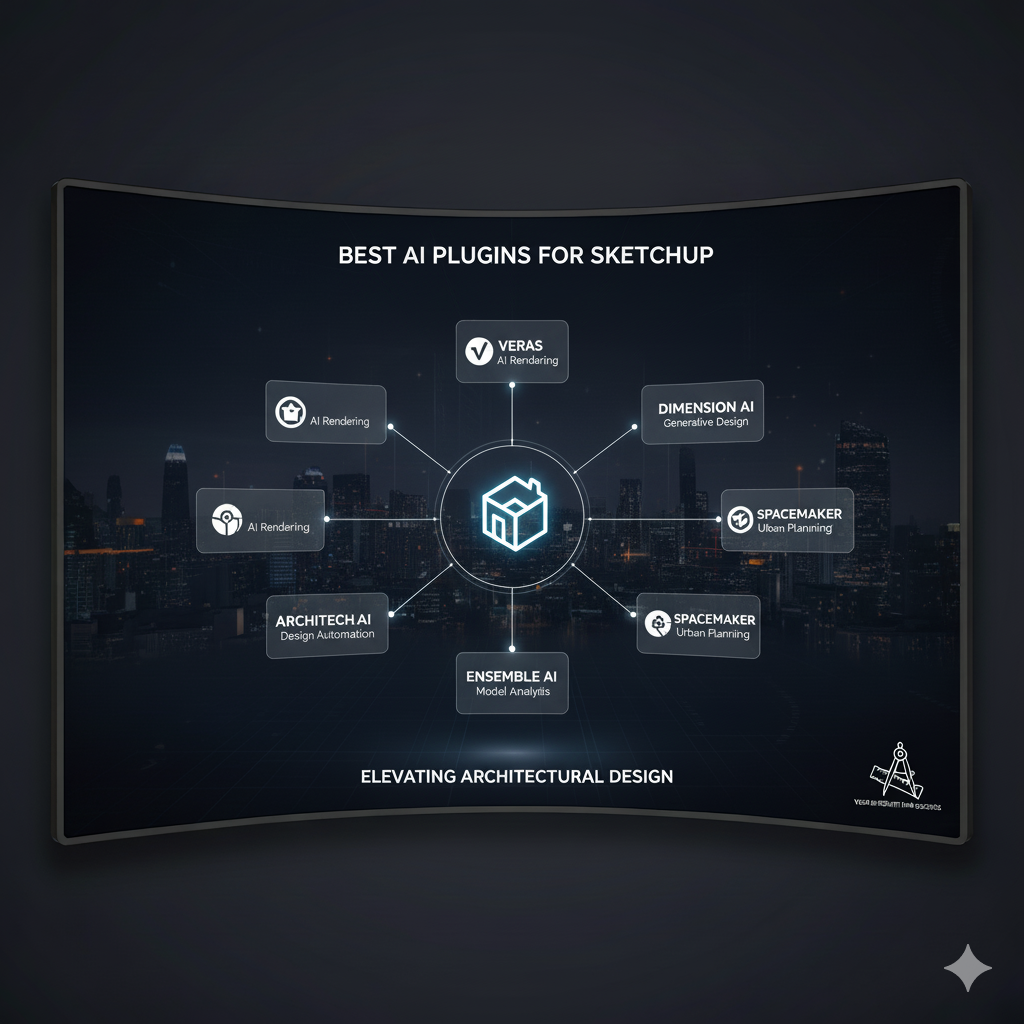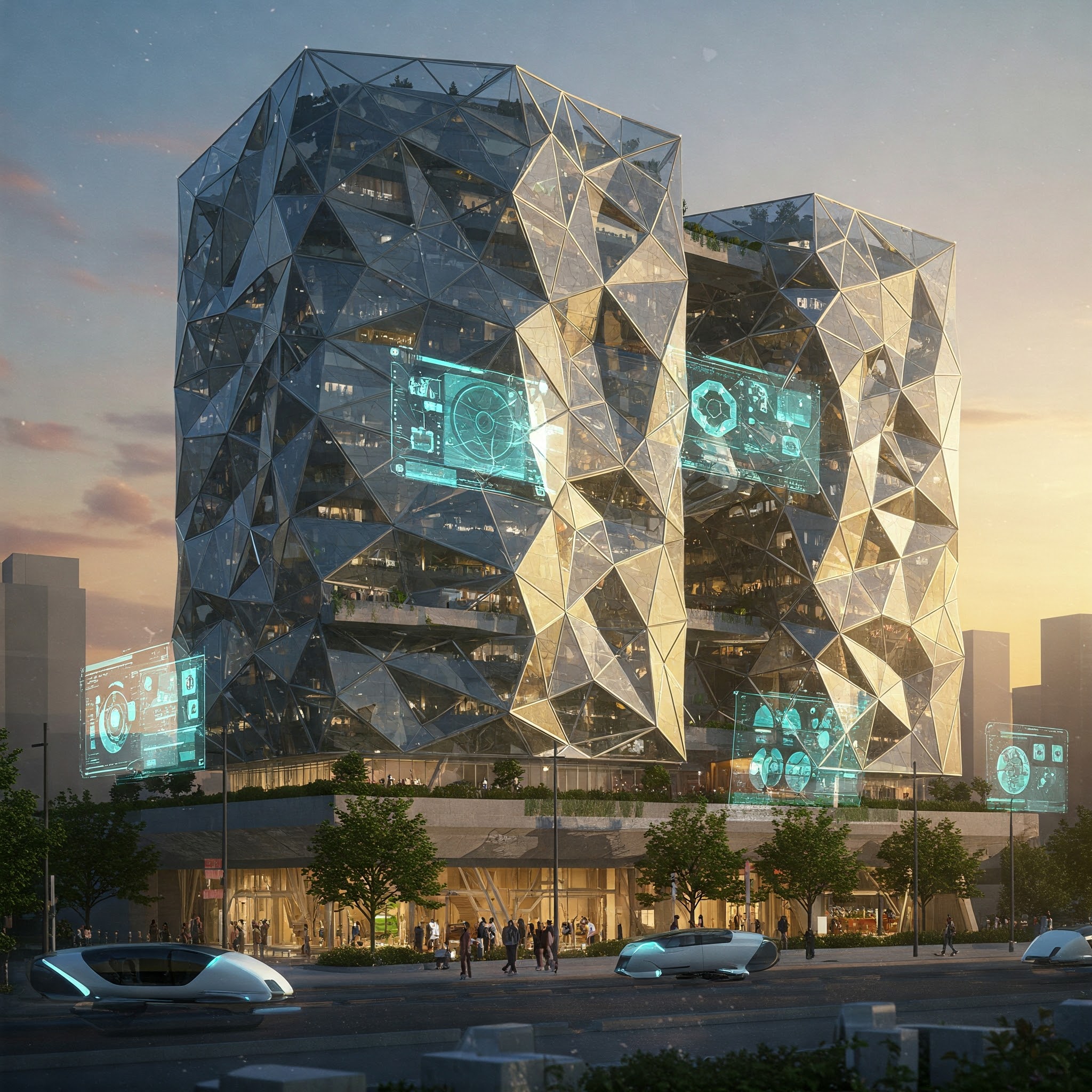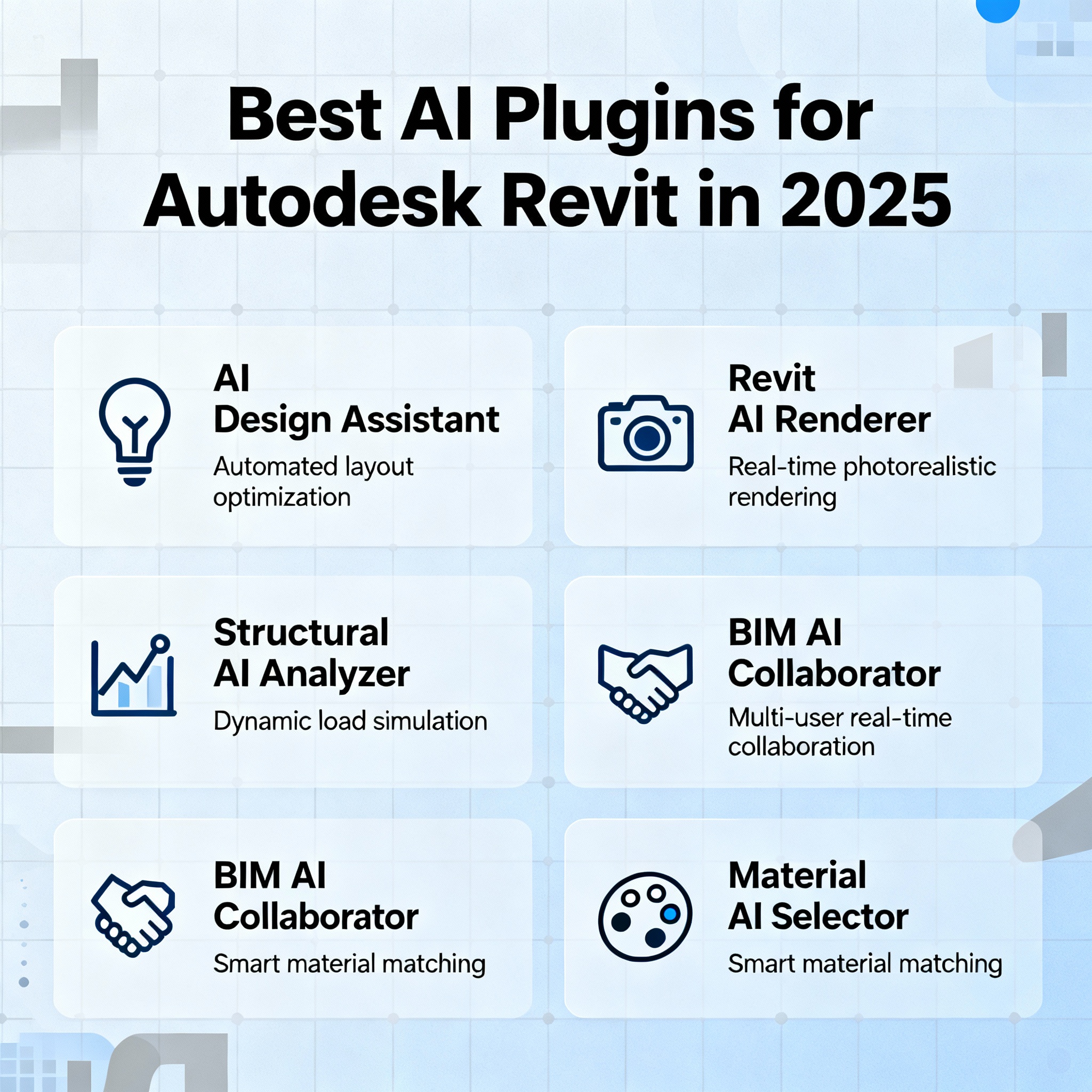Can AI replace an Architect?

Understanding the Future of AI in Architecture
The question “Can AI replace an architect?” is increasingly common as artificial intelligence reshapes industries — and architecture is no exception. While AI is revolutionizing how buildings are conceived, modeled, and documented, it’s important to understand that AI is not replacing architects. Instead, it’s augmenting their capabilities and reshaping their roles in the design process.
Let’s explore how AI in architecture is transforming workflows and what it means for the future of architects in an AI-driven world.
💡 Can AI Replace an Architect? — Short Answer: No, But It Will Redefine the Role
The truth is that AI cannot fully replace architects — at least not in the foreseeable future. Architectural design is not just about drawing plans or calculating square footage. It’s about solving complex human problems in specific cultural and environmental contexts. AI lacks human intuition, empathy, and ethical reasoning — all of which are essential for effective architectural work.
However, AI can automate a wide range of technical and repetitive tasks, enabling architects to focus more on creativity, communication, and client collaboration.
🔧 What Can AI Do in Architecture?
AI is incredibly powerful when it comes to handling large datasets, automating processes, and optimizing for performance. Here are key areas where AI is already transforming architecture:
1. Design Concept Generation
AI tools like Midjourney, DALL·E, and Autodesk Forma can generate early-stage architectural visualizations from text prompts.
-
Architects can input parameters like location, style, or use-case.
-
AI can output dozens of visual options in minutes.
-
This helps spark creativity and accelerate client presentations.
2. Parametric Design & Optimization
Through platforms like Grasshopper 3D and Spacemaker AI, AI can explore thousands of design alternatives based on criteria such as:
-
Sunlight exposure
-
Wind flow and natural ventilation
-
Energy efficiency
-
Noise reduction
-
Views and visibility
-
Space utilization
3. Drafting, Modeling & Documentation
AI can take over time-consuming tasks like:
-
Auto-generating floor plans and sections
-
Populating BIM (Building Information Modeling) environments
-
Producing permit-ready documents
-
Coordinating between disciplines via automated clash detection
Platforms like Revit and ArchiCAD are increasingly AI-enhanced to streamline drafting and modeling.
4. Cost Estimation and Sustainability Analysis
AI can provide real-time feedback on:
-
Construction costs
-
Material selection
-
Embodied carbon analysis
-
Lifecycle impact assessments
These tools help architects make more sustainable, budget-conscious decisions early in the design phase.
🧠 What Can’t AI Do (Yet)?
Despite all these advancements, there are essential functions AI cannot replicate, which are core to the architectural profession.
1. Human Creativity and Cultural Context
AI lacks:
-
Lived experience
-
Intuition
-
Cultural literacy
-
Empathy
Architects design not just for function, but for people, communities, and cultures. AI-generated designs can look impressive, but they often miss the emotional, historical, and social dimensions that make architecture meaningful.
2. Client Communication and Stakeholder Management
A huge part of an architect’s job involves:
-
Understanding unspoken client needs
-
Negotiating with local authorities
-
Collaborating with engineers and contractors
-
Responding to changing project requirements
These are human-to-human interactions that require emotional intelligence, which AI does not possess.
3. Ethical and Regulatory Decision-Making
Architects routinely:
-
Interpret complex zoning and building codes
-
Consider the social impact of buildings
-
Make ethical design decisions in sensitive contexts
AI cannot make nuanced ethical judgments or apply regulations contextually. That responsibility remains firmly human.
👷♀️ So What Happens to Architects?
So, can AI replace an architect? The answer becomes clearer: AI won’t replace architects, but architects who embrace AI will replace those who don’t.
📈 The Role of the Architect Is Evolving
Think of AI as a super assistant — a tool that speeds up the technical work so that architects can:
-
Spend more time on creative ideation
-
Focus on strategic planning
-
Lead interdisciplinary collaboration
-
Deepen human-centered design thinking
🧰 Architects Will Need New Skills
To stay competitive, architects should:
-
Learn how to use AI-powered design tools like Autodesk Forma, Rhino with Grasshopper, and Spacemaker
-
Develop skills in data analysis, prompt engineering, and generative design
-
Embrace lifelong learning and agile workflows
🧭 Human-Centered Design Will Be the Differentiator
The most successful architects in the AI age will be those who:
-
Combine technical fluency with creative insight
-
Understand local cultures, histories, and human needs
-
Lead with empathy, ethics, and vision
In short, AI is a tool — not a replacement. The future of architecture lies in partnerships between humans and machines.
🔗 Helpful Resources and Backlinks for Further Reading
Here are authoritative links and resources to help you explore this topic further:
✅ Final Thoughts: Architects Who Use AI Will Lead the Future
To wrap up: Can AI replace an architect? No — but it will radically transform the architectural profession. The future belongs to adaptive, tech-savvy architects who can balance AI efficiency with human empathy.
If you’re an architect, student, or design enthusiast, now is the time to:
-
Embrace AI-powered tools
-
Focus on human-centered design
-
Stay ahead by combining creativity with technology
By doing so, you’ll not only future-proof your career — you’ll help lead the next evolution of architectural design.








